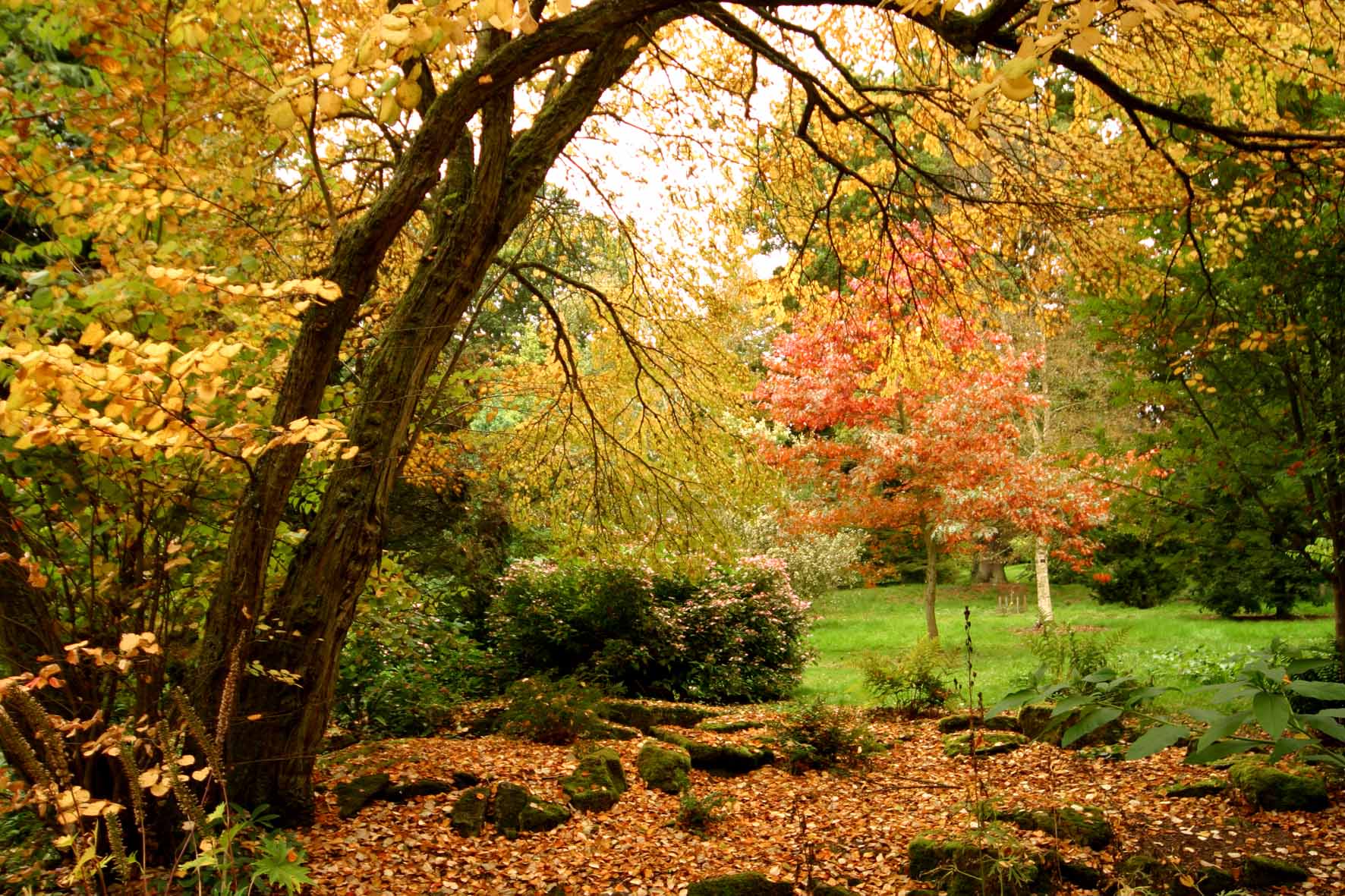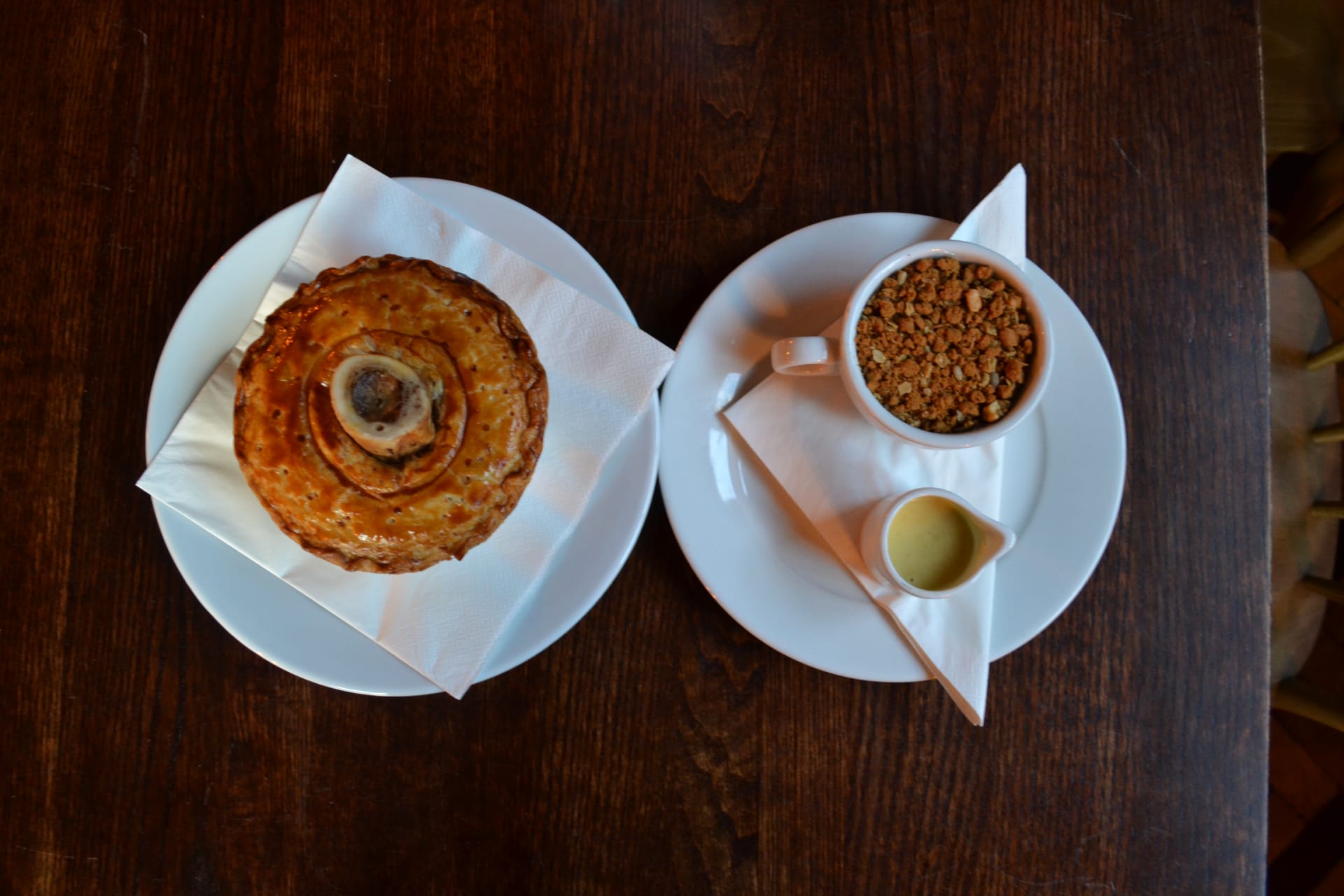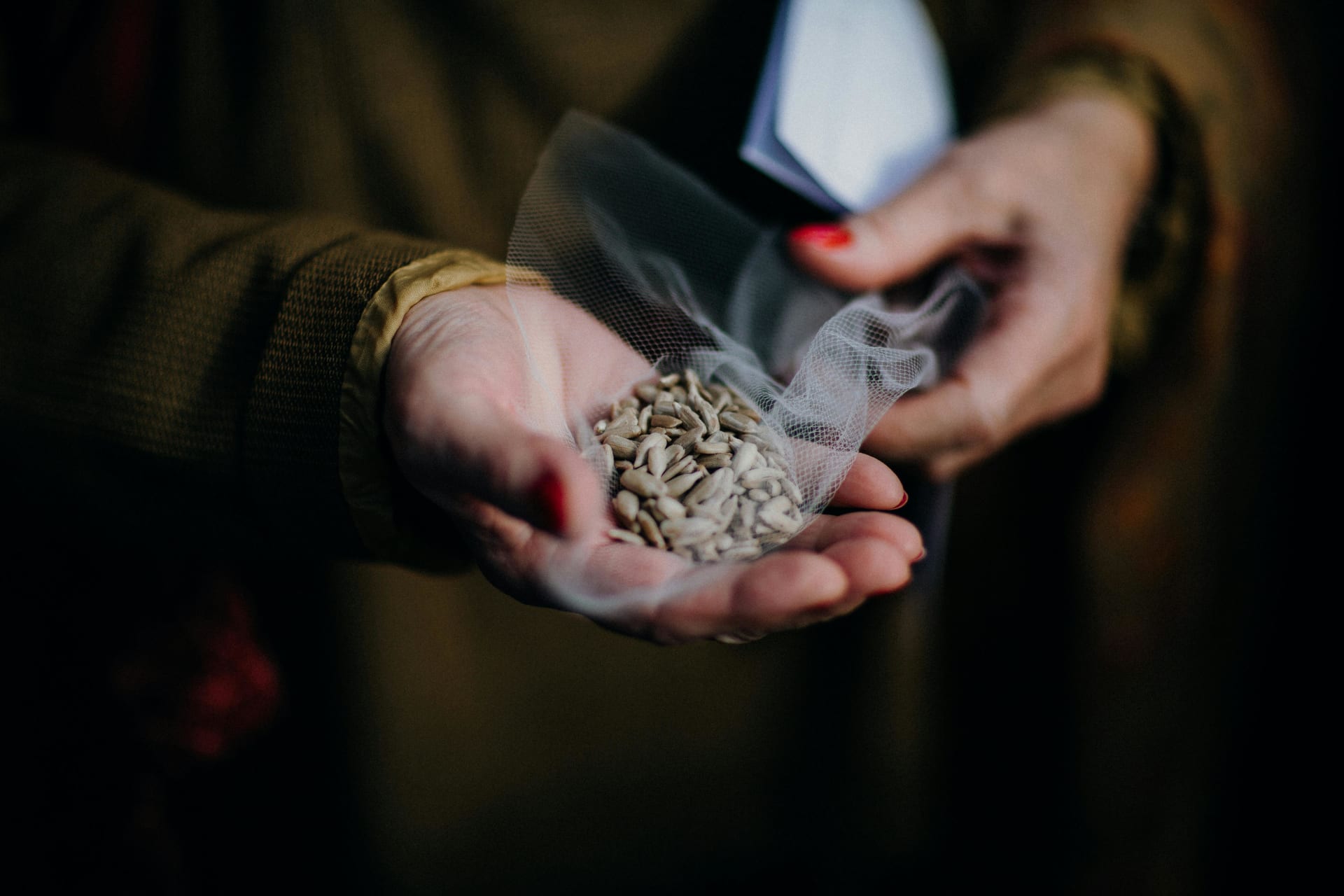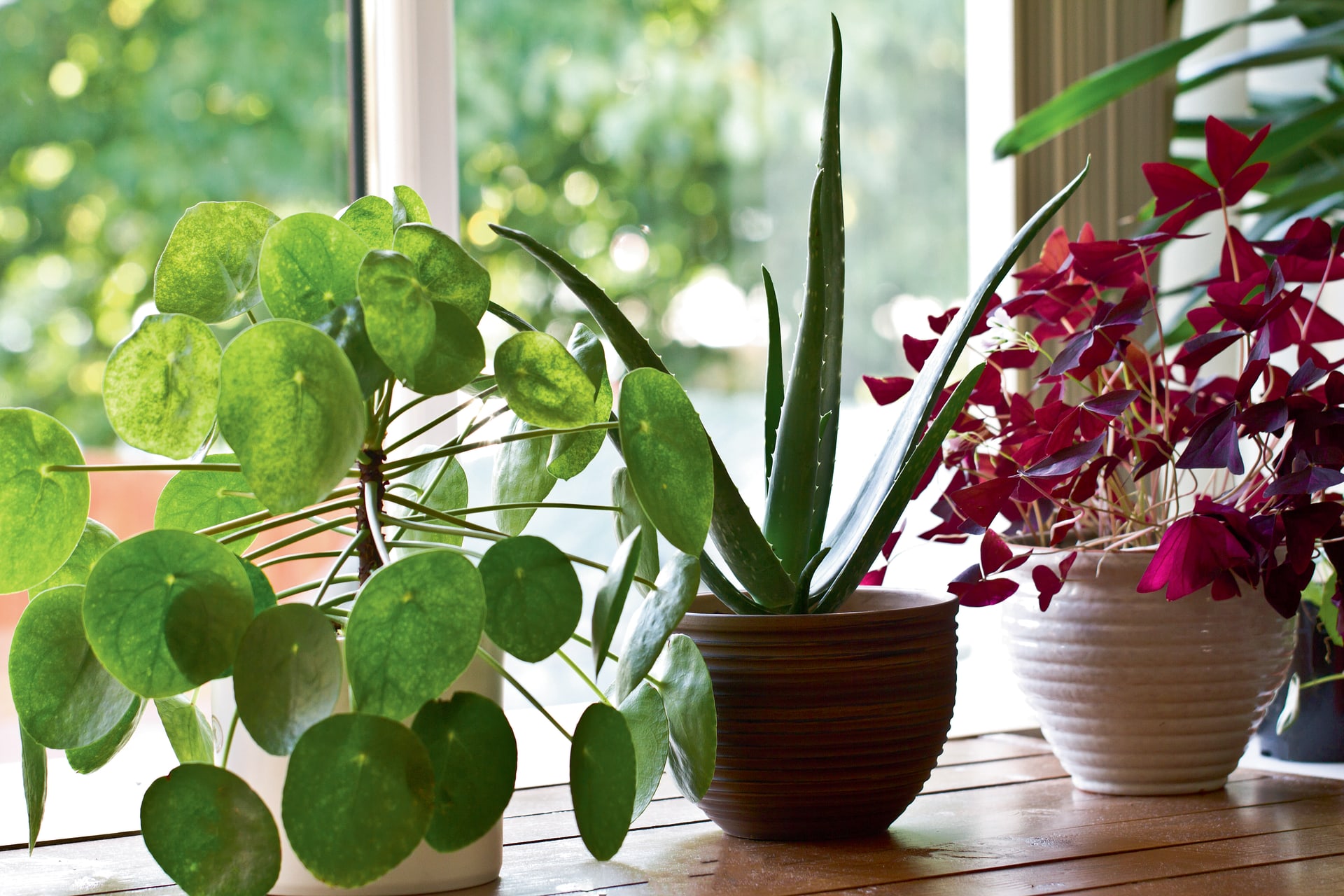The sixty-acre Batsford Arboretum is home to a unique and varied collection of some of the world’s most beautiful and rare trees, shrubs and bamboo with over 2,850 labelled specimens including about 1,300 different trees, shrubs and bamboo. Depending on what time of the year you visit, you will also be able to view swathes of spring bulbs followed by wildflower meadows with native orchids blooming. Whichever month you visit, you can be certain that there will be something of interest to see – even if you go in the middle of winter. You don’t need to travel abroad to see the colours of the fall or the spring cherry blossoms – a visit to Batsford Arboretum is much closer and is also visually impressive.
As you walk around Batsford Arboretum you will become aware of connections with Asia in terms of design and planting. That is thanks to Algernon Bertram Freeman-Mitford who inherited the estate in 1886. Mitford had spent time working for the foreign office in Russia, Japan and China and he fell in love with the oriental landscape. This passion influenced his creation of areas of the gardens.
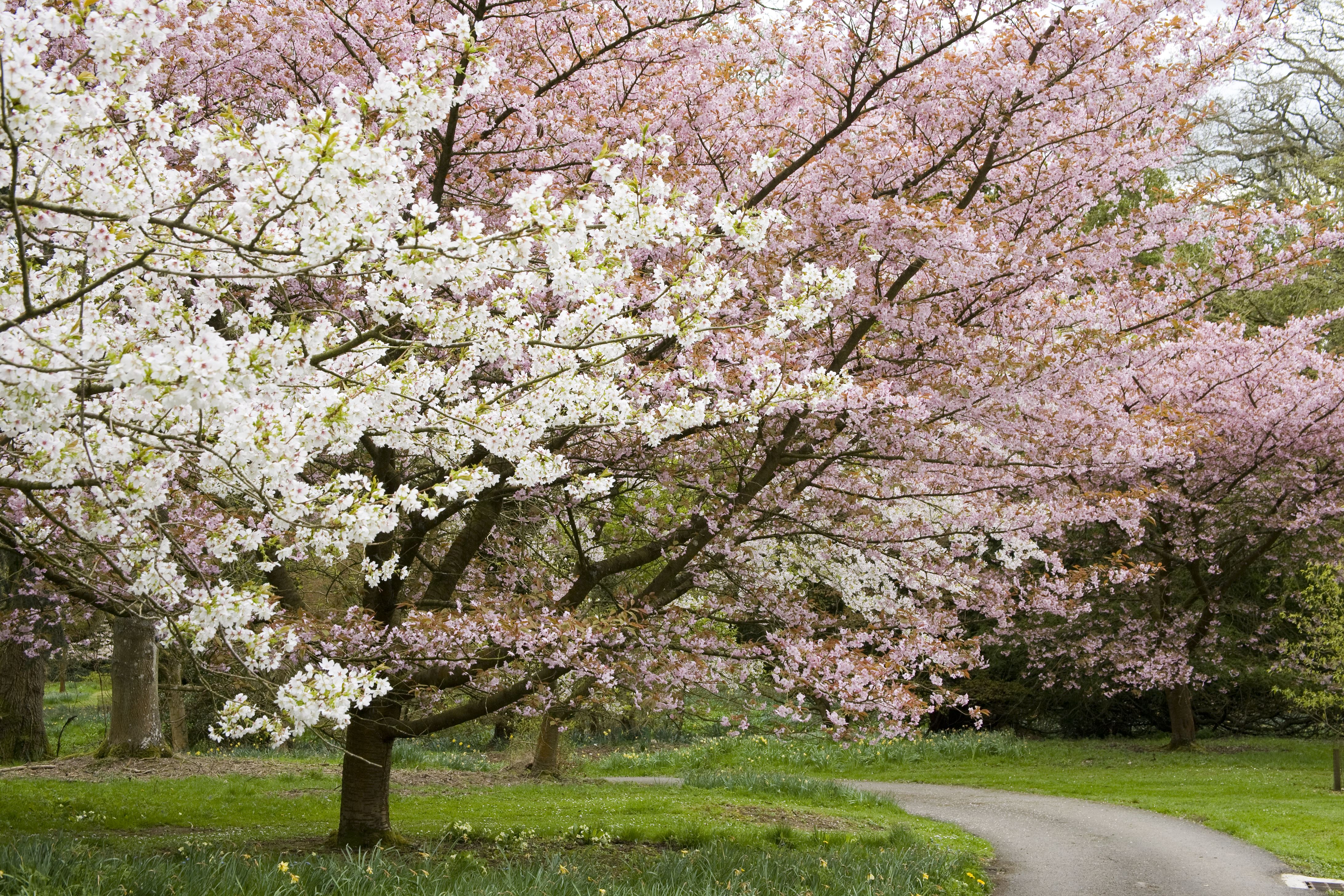
Having all but erased any trace of the old layout at Batsford when he moved to the Cotswolds in 1886, he created one of the foremost plant collections of the time; many of the trees he planted form the backbone of the present collection in terms of stature. He also built a 600-metre artificial watercourse that runs down the western side of the gardens and created amongst other things a Japanese Rest House and installed several bronze statues nearby including a Buddha. After WW1, with his debts spiralling, the estate was sold to the first Lord Dulverton who, along with his wife, took a great interest in the more formal parts of the gardens, along with the walled garden. However, during the WW2, the gardens and grounds became overgrown and fell into neglect until they were rescued by son in 1956. The second Lord Dulverton was passionate about forestry and trees, and he replanted the garden with trees, creating the bones of the arboretum that visitors enjoy today.
Not only has Batsford held the National Collection of Japanese Flowering Cherries since 2002 (having at least 70% of the known cultivars) the grounds also provide a home to many species of Japanese Maples. They also have one of the UK’s most comprehensive bamboo collections and Magnolias. There are numerous Pinus(Pines), Quercus (Oaks) and Sorbus (Mountain Ash and Whitebeam).
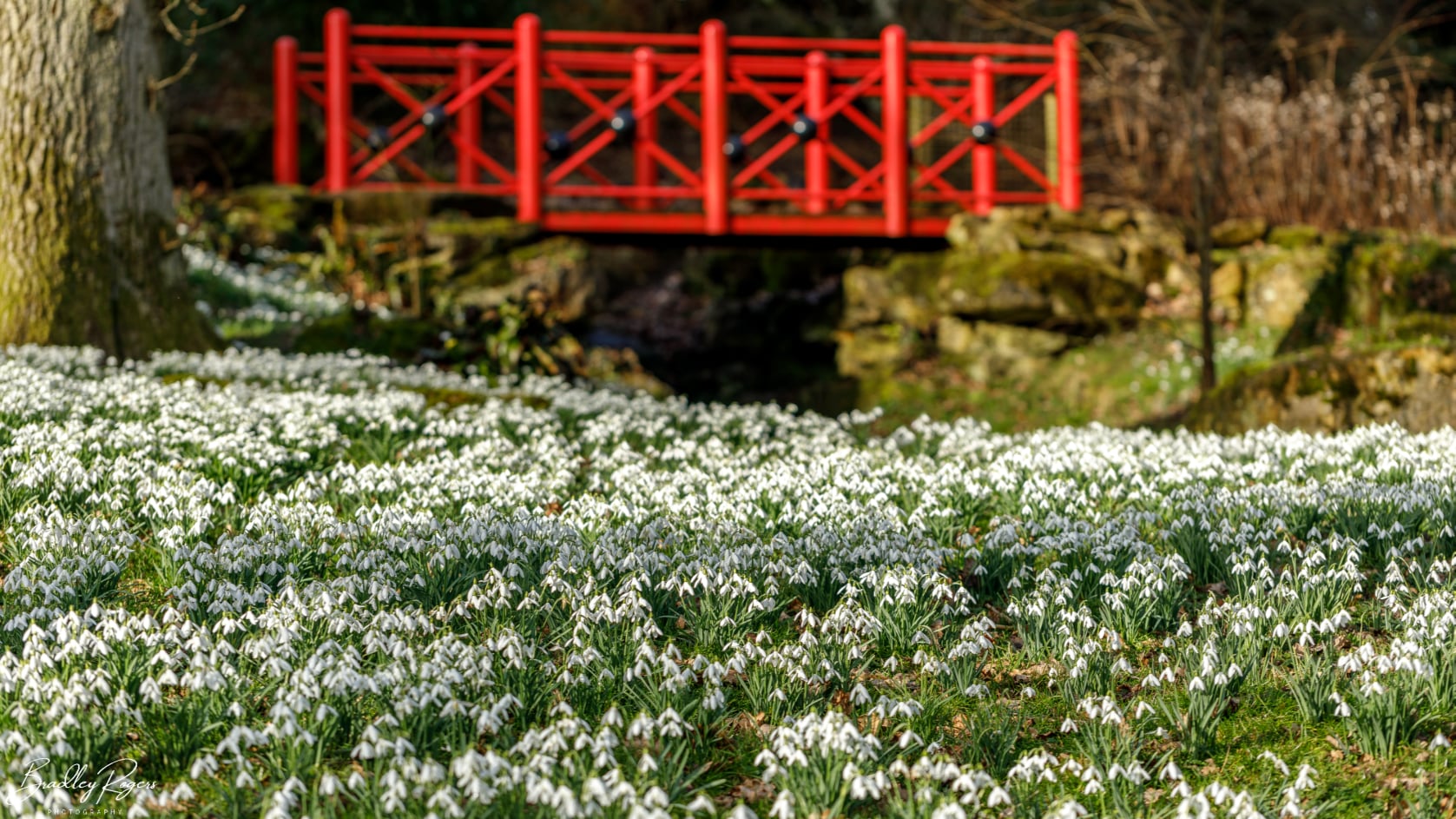
Head Gardener, Matthew Hall and his small team, believe that the spectacle which Batsford Arboretum provides each year does not start in January but rather in September as the leaves start to change colour and burst into a vibrant riot of leaf colour ranging from deep buttery yellow to orange reds and dark crimsons. Bright berries from various shrubs and trees add to the splendour as do the scents given off by the leaves of the Katsura tree (Cercidiphyllum japonicum). Depending on the weather and prevailing temperatures, the autumn colours start towards the middle of September until the start of November. Not only will the Acer palmatums turn a multitude of shades, so too will the numerous Japanese cherries planted all around the Arboretum. Various Sorbus trees, including the Kashmir Rowan (Cashmiriana) with white rather than red berries, Betula pendula (Silver Birch) and ornamental vines, all vie for your attention. There are shrubs, too, which hold their colour into autumn including various varieties of hydrangeas.
When you are visiting a place like Batsford Arboretum, you need to allow yourself time to amble and enjoy the various vistas and views that you can see. Also look downwards occasionally to appreciate the tiered effect of the plants and look closely at the various berries which provide food for the birds.
Don’t think that as we head into winter, the Arboretum has nothing to offer. You will find that if we have a cold, frosty winter, perhaps with a touch of snow, the area becomes a winter wonderland with a magical feel. In the weeks leading up to Christmas, you can buy Christmas trees and holly and Christmas wreaths.
As the New Year approaches, snowdrops start to appear along with the aconites followed by swathes of Helleborus. By late winter, amongst the winter flowering shrubs you will encounter the enticing fragrance of the evergreen shrub Daphne bholua with its purplish-pink and white flowers appearing in terminal clusters. Drifts of narcissus and daffodils start blooming in early March with a range of different varieties extending the season for many weeks. As you can imagine, spring is a fantastic time for blossom. Magnolias will be flowering by the middle of March with many more in bloom throughout April.
The profusion of Japanese cherry blossom from the 160 cherry trees usually starts mid-April and can continue until mid-May. Amongst the cultivars grown at Batsford Arboretum are the fragrant Matsumae cherries with their glorious blossoms that can be white turning pink with age or pure pink, single, semi-double or double flowers. Originating in Hokkaido in northern Japan –which has a climate similar to Britain – the trees were selected and named by a Japanese schoolteacher: Masatoshi Asari, who was one of several custodians of a conservation collection of historic flowering cherries planted in Matsumae Park in 1961. With a childhood overshadowed by the abhorrent way prisoners of war had been treated by the Japanese militaria, Mr Asari wanted to make amends by creating something beautiful to atone for those terrible, dark times. He started hybridising the flowering cherries in his local park, a process which still continues. He earned the title of ‘Sakuramari’, protector of cherry trees, with 116 named flowering cherries bearing the name Matsumae. Batsford Arboretum has over 57 different varieties of ‘Matsumae’ cherries for you to enjoy in both autumn and spring.
During April/May, the Paulownia tomentose (Foxglove tree) with its fragrant lilac-purple foxglove-like flowers puts on a show which is seen from the café terrace when visitors are sitting outside enjoying the weather.
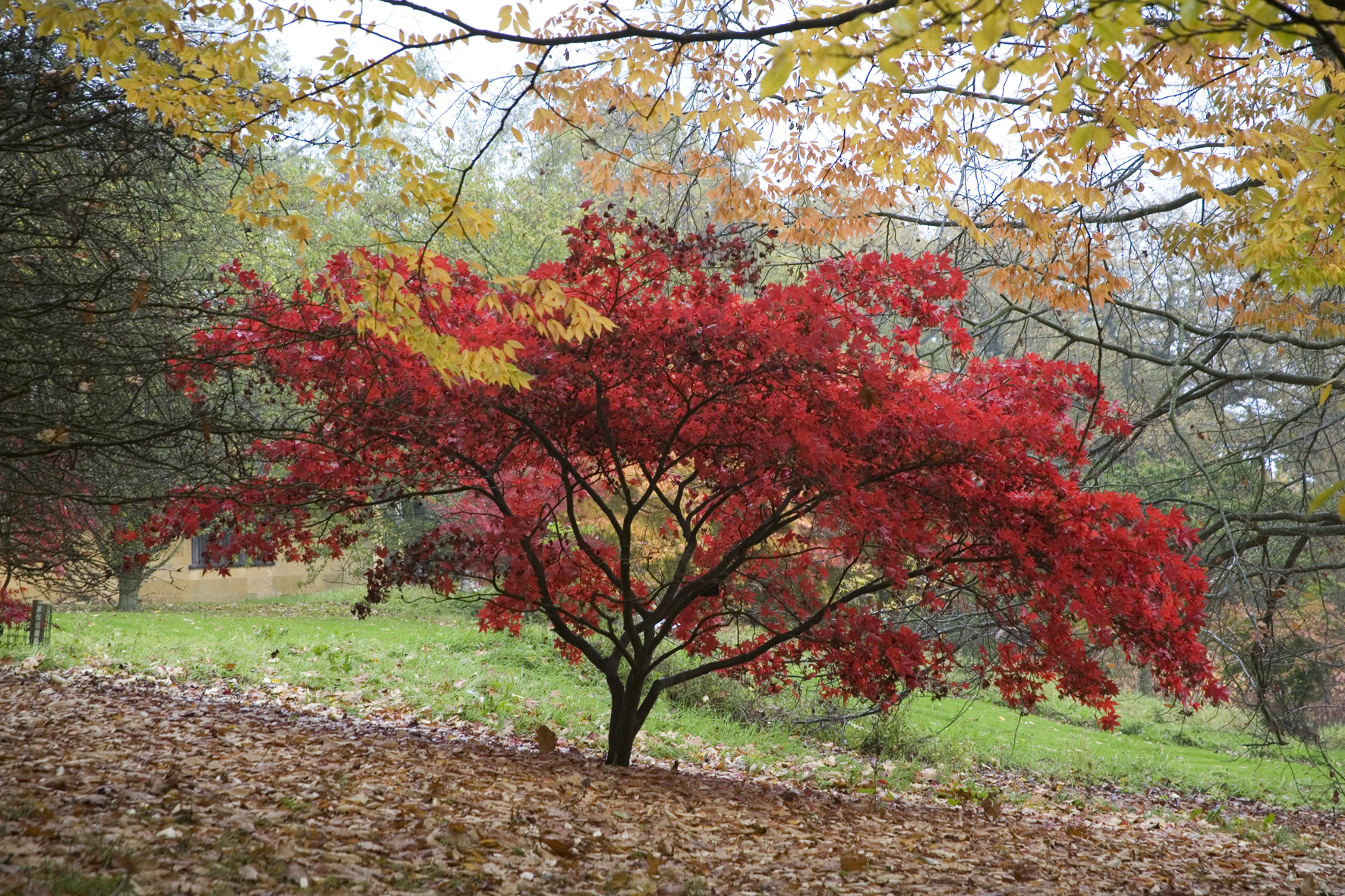
With the approach of early summer, Davidia involucrata (handkerchief tree) flowers in mid-May following the cherries. As one of the biggest specimens in the country, it is worth a visit. You will also be able to see the large flowering Dogwood Cornus Norman Haddon blossom with four-petalled flower bracts as the summer progresses. These are creamy white in June, turning pink as they mature through late summer. The best flower displays are produced following a long, hot summer. Cornus Norman Haddon also produces pink strawberry-like fruits.
The wildflowers which Matthew and his team have planted come into their own from June until August. The wildflower areas around the statue of Daphne have been created to encourage native species to grow, providing a wonderful environment for insects. In 2012, the Arboretum was extended so Matthew together with his small team, were able to create new wildflower area in Seven Leys. The topsoil was removed, and the area was spread with crushed brick dust and rubble. This was then sown with wildflower seeds and planted with wild orchids, yellow rattle, meadow cranesbill, scabious and lady’s bedstraw with its ‘frothy’ golden flowers and sweet, honey-like scent. The topsoil was used to form viewing banks around the area so that visitors can look out across the Evenlode Valley and through the Arboretum. A small lake was also created and planted with bullrushes and lilies, all encouraging insects and wildlife. Take time to sit on one of the benches and enjoy the serenity that this area provides.
Careful management of the arboretum helps create an environment in which animals and insects thrive. Over the past few years hundreds of different species have been seen, making it both a relaxing place to walk and a great place for wildlife watching.
From late June through to August there are lots in flower around the arboretum including a huge Castanea Sativa (Sweet Chestnut), which towers over Rockery Bridge and is in full flower with its long yellow/white catkins bearing both the male flowers at the tip and the female flowers at the base. As we head into early autumn, the female flowers develop into edible chestnuts, a favourite over the Christmas period.
Look out too for the Hoheria sexstylosa (Ribbonwood) located along Her Ladyships Walk (the entrance path to the arboretum). From mid to late summer, this evergreen tree produces fragrant, star-shaped, five-petalled white flowers. Escape the summer heat with a walk beside the pools and streams or soak up the sunshine beside the beautiful wildflower areas.
During August, Hydrangea serrata and lace cap varieties will be in flower, along with the bright yellow flowers of Telekia speciosa, beside the stream. You will also see a profusion of Hydrangea paniculata with their large conical flowerheads which are produced during late summer and early autumn. These showy plants are perfect for the location and as the season lengthens, their flowers which start green tinged white before turning pink, holding their flowerheads into winter.
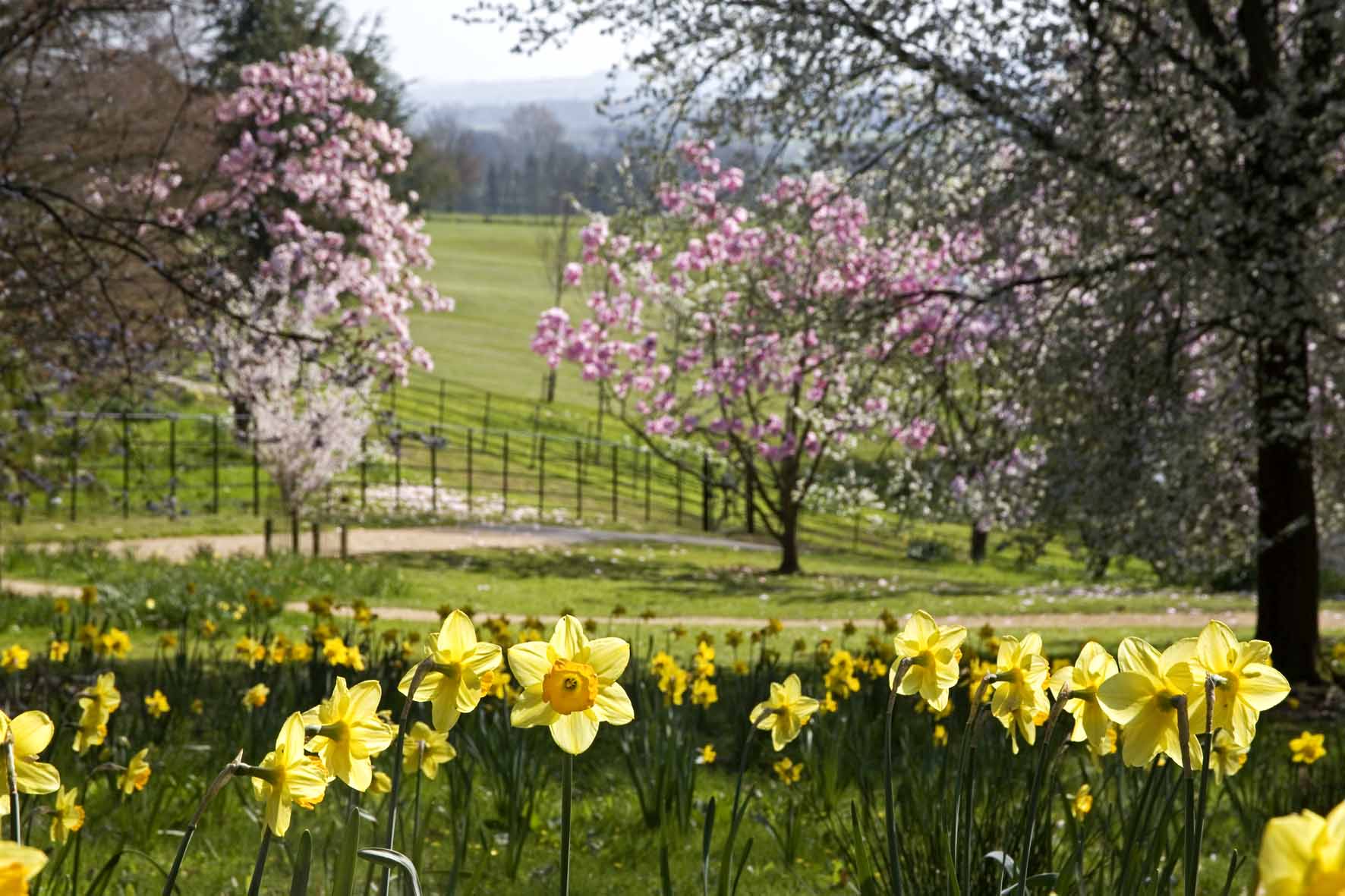
Arboretums such as Batsford play a vitally important role in the conservation of many plants which are endangered. Batsford takes part in the International Conifer Conservation Project run by the Royal Botanic Garden in Edinburgh. You’ll find a selection of some of the most endangered Chilean conifers in the arboretum which acts as a living gene bank of DNA material in case of extinction in the wild. They also take in red data plant material from a number of other gardens including Kew, Bedgebury and Westonbirt to ensure their future survival. Various botanical gardens also supply the Arboretum with wild collected seeds and plants which are carefully recorded enabling them to be traced if the donator garden needs any information or plant material for future breeding programmes.
Batsford Arboretum is located on the edge of Moreton-in-Marsh. You can take your dog provided you keep it on a short lead. Batsford offers less-able visitors greater access to the Arboretum thanks to an all-terrain vehicle which can be hired for a single two-hour slot at 10.00am, 12.00pm or 2.00 pm each day. To plan your visit, take a look at their website batsarb.co.uk.

